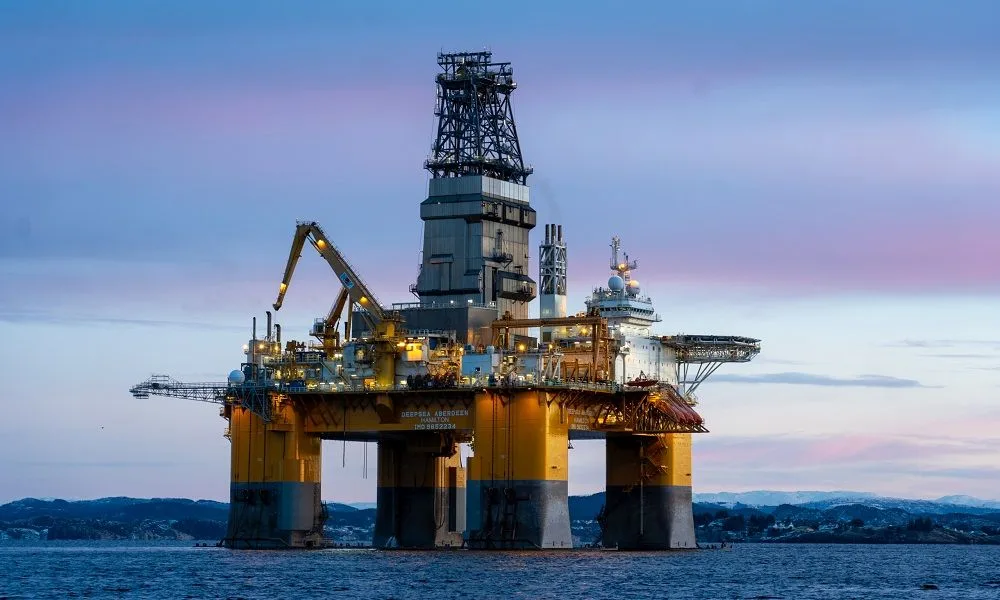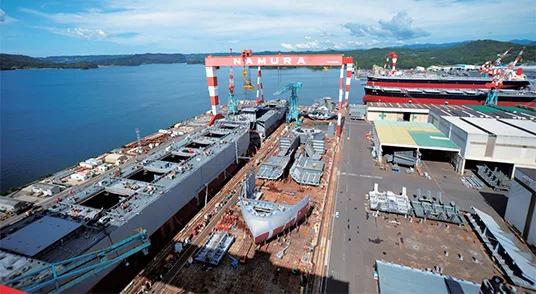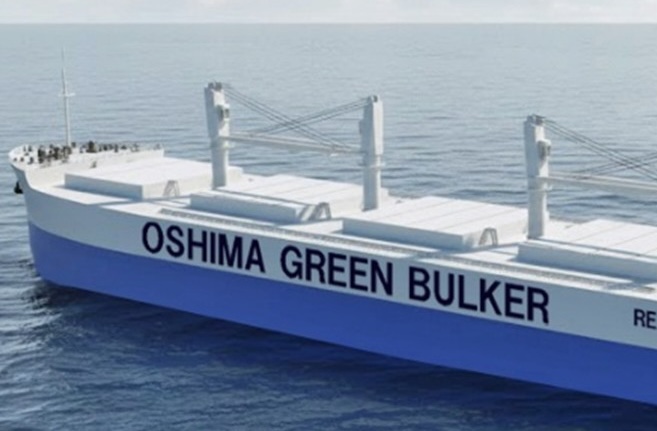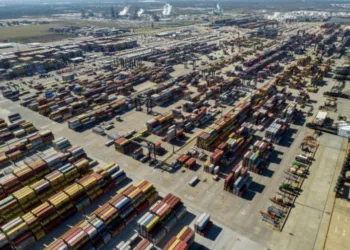Russia has spent $14bn buying just over 400 tankers for its so-called shadow fleet since May 2022, an armada that is now struggling to deliver exports around the world, according to new data from Navigating Russia, a substack penned by former Wall Street banker Craig Kennedy.
Large-scale tanker sanctions in 2025 have helped significantly reduce Russia’s shadow fleet capacity—down some 46%, according to Kennedy’s calculations.
In the second half of 2024, shadow vessels accounted for over 60% of the crude tankers loading at Russia’s Baltic terminals. By the end of March 2025, this had abruptly plunged to below 40%. Filling the gap has been a surge in loadings by mainstream crude carriers.
The shadow fleet itself turns out to be highly vulnerable to direct vessel sanctions
Kennedy argued in his latest article that the collapse in shadow fleet loadings is not the result of Urals prices dropping below the $60 price cap level; the plunge was already well underway before quoted prices fell beneath the threshold. Rather, it’s the result of the abrupt and sizeable loss of usable shadow fleet capacity in the wake of Washington’s January 10 “jumbo” tanker sanctions, which targeted some 158 oil tankers. It was helped along by additional tanker sanctions by the UK and the EU at the end of February.
Kennedy suggested the large majority of the $14bn spent over the past three years by Moscow has been a waste of money on a large scale.
“Billions get spent on a fleet to circumvent sanctions when the fleet itself turns out to be highly vulnerable to direct vessel sanctions,” Kennedy maintained.
European and American shipowners have pocketed at least $6.3bn from selling hundreds of ageing tankers on to shell companies, from where they make their way into the shadow fleet, a February probe carried out by the Organized Crime and Corruption Reporting Project (OCCRP) and investigative journalists from Follow the Money revealed.
The report tracked the sale of around 230 ships and how they often quickly changed names and flags on being sold, and then started to shift oil for Russia with some very well-known names in European shipping mentioned, especially out of Greece who accounted for more than half of the sales that ended up in the shadow fleet.
Direct sales of oil tankers to Russian entities are prohibited under European Union sanctions imposed in 2023. But indirect sales to companies from countries that are not participating in sanctions are not illegal. Follow the Money and its media partners identified at least 32 tankers of European owners that were sold into the shadow fleet after those rules came into effect at the end of 2023.
“More than a third of a shadow fleet of tankers transporting Russian oil consists of vessels that had previously been owned by shipowners from Western countries – the same countries that are sanctioning Russia because of its war of aggression against Ukraine,” the joint investigation stated.
The number of vessels hit by sanctions surpassed 1,000 late last year with data from S&P Global Market Intelligence showing that more 800 of these ships do not have confirmed insurance. Moreover, the average age of sanctioned ships – 21 years – is some eight years older than the global average, adding to growing concern that the sprawling so-called shadow fleet could lead to multiple costly environmental catastrophes.



















